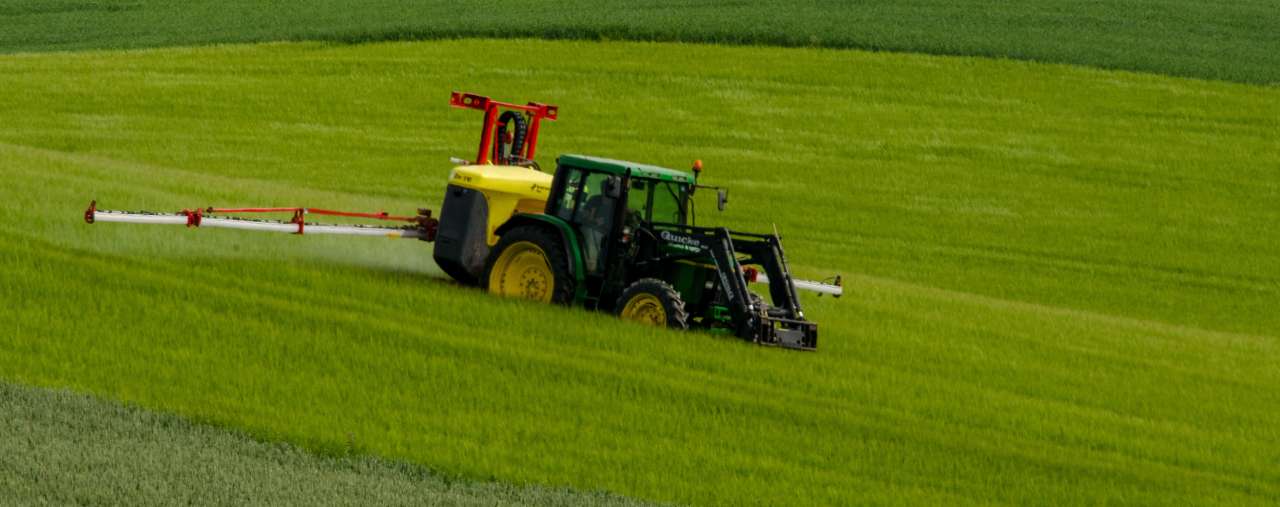Resistance – also a challenge for Norwegian agriculture

Photo: Morten Günther
Research shows that the level of resistance to pesticides in Norwegian agriculture is higher than previously assumed. This requires farmers to use integrated plant protection to an even greater extent to prevent resistance.
So far, resistance has been detected in around 30 key plant pests in Norway. The industry is continually reporting new suspected incidences of resistance, and there are fewer approved pesticides due to harmful side effects to the environment and humans. What’s more, few new agents are being developed. Therefore it is crucial to ensure that the agents that are still available remain effective when other non-chemical measures do not help.
In the RESISTOPP project, researchers at NIBIO have looked at pesticide resistance under Norwegian climatic conditions. The results of the project show, among other things, that Norwegian agriculture has a bigger problem with resistance than previously assumed.
“It’s not just about resistance to individual preparations, but we have examples of fungi that could be resistant to up to five to six agents,” explains Arne Stensvand, Head of RESISTOPP.
Another aim is to obtain more information about good anti-resistance strategies, and information about survival and adaptation.
NIBIO has collaborated with the Norwegian Agricultural Extension Service, among other things to examine the prevalence of resistant grey mould in young Norwegian and foreign strawberry plants. They discovered grey mould resistance in both. Some samples had 100 per cent resistance to individual pesticides.
The researchers have also detected resistances to several so-called low-dose agents against eight different species of weeds.
Stensvand says that researchers, advisers and farmers stand united in their desire for a new development.
“Using pesticides is the final straw. The key to this is first and foremost to use non-chemical methods to prevent and combat plant pest infestations as much as possible.
Contacts

Purpose
Survey pesticide resistance under Norwegian climatic conditions, and obtain information about survival, adaptation and good anti-resistance strategies.
Collaboration: The Norwegian Agricultural Extension Service, producers, pesticide companies and foreign research institutions
Funding: The Research Council of Norway
Contacts

